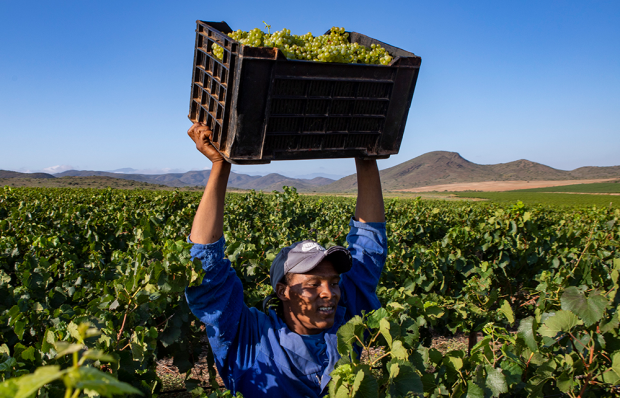There is a dive near St James’s which could claim to be the epicentre of international reaction. It is also a temple of pseudo–anti-intellectuality: the only club in London where chaps pretend not to have read books. Always a cheerful place, that is especially true at the moment. Its members still find it hard to believe that they survived 13 years of Labour government and had no wish to push their luck with another instalment. The late Frank Johnson once said that although the Labour party had given up on nationalising the economy, it was still determined to nationalise people. Once inside this delightful refuge from the 20th century, let alone the 21st, you are surrounded by prime candidates for nationalisation.
‘We’ll make Nancy Astor sweep the stairs at Transport House,’ sang Labour supporters in 1945, to the tune of ‘John Brown’s Body’. Seventy years on, at the bar of this august and raffish establishment, attempts have been made to compose a modern version, deleting the Prime Minister’s step-great grandmother and conscripting Harriet Harman or Polly Toynbee.
My friend Dominic would not find favour with either of those ladies. A prime candidate for nationalisation, if not indeed for a tumbril, he has a wife called Alice and a dog called Percy: neither obedient, both beloved. A couple of elections ago, he fought a hopeless seat in a mining area, served jolly good wine to those friends he enticed north to canvass, and came surprisingly close to winning. Since then, he has settled for a backroom role, in fund management and the party hierarchy. He is adept at both, and at wine.
Although he got on well with the hunt in his constituency, including, of course, the miners who rode to hounds, Dominic is not a Surtees character. It is hard to imagine his echoing John Jorrocks’s cry: ‘Champagne for my real friends, real pain for my sham ones.’ But he relishes the pleasures of entertainment, especially when claret is involved, as it was a few nights ago.
There was originally a scholarly purpose. I had made some comments on the 2001s, arguing that they had been unfairly overshadowed by the scale and power of the 2000s. So we started modestly, with a brace of ’01s: Léoville-Las Cases and Ducru-Beaucaillou. These are wines which put the ‘super’ in ‘super second’ and were fully as inspiring as they ought to be. Which was the greater? It is tempting to reply: ‘Both.’ Feet held to the fire, I would declare for the Léoville, but only after several recounts. If I ever again have the good fortune to encounter them in the same tasting, I reserve the right to change my mind.
We then moved up the line. Superb as those two were, how would battlecruisers stand up to a battleship: a 2000 first growth, an Haut-Brion, the direct descendant of Ho Bryan, Pepys’s favourite wine? It was the grandest of the three, although still a youngster. 2033, the 400th anniversary of Pepys’s birth: it would be appropriate to toast his immortal memory in Haut-Brion, and the 2000 will barely be in its prime. No doubt it would still be excellent in 2103, the 400th anniversary of Pepys’s death. This is a wine to challenge man’s mortal span.
We moved on to a ‘super fifth’. In recent years, Pontet-Canet has been highly praised and increasingly highly priced. Even so, we were setting it a challenge. It gave a creditable performance. To mix if not indeed mangle sporting metaphors, although it finished fourth, it was still in the ring. Even if outgunned by the Léoville and the Ducru, it could certainly look most second growths in the eye.
There was only one complement to such Bordeaux: another Bordeaux wine — an Yquem from 1999, when Labourites were still hoping that they could dominate the new century. It was a perfect wine to toast their discomfiture.
Got something to add? Join the discussion and comment below.
Get 10 issues for just $10
Subscribe to The Spectator Australia today for the next 10 magazine issues, plus full online access, for just $10.















Comments
Don't miss out
Join the conversation with other Spectator Australia readers. Subscribe to leave a comment.
SUBSCRIBEAlready a subscriber? Log in